As we approach the cusp of a smart living revolution, a few challenges prevent our leap toward a truly harmonious and fluid experience. Smart home appliances continue to surge in popularity, escalating the demand for a digital home hub — a gateway bridging diverse IoT (Internet of Things) devices with seamless integration.
At CES 2023 in January of this year, Samsung Electronics unveiled SmartThings Station which revolutionized new smart home hubs supporting Matter, the home IoT compatibility standard. This platform promotes expansive connectivity, empowering users to sync smart products irrespective of their manufacturer. SmartThings Station gained media spotlight for dismantling the entry barriers to IoT.
Since 100 days passed since the product’s release, Samsung Newsroom sat down with SmartThings Station developer Eugene Park and product planner Kiyoung Kwon to learn more about the smart home hub’s development.
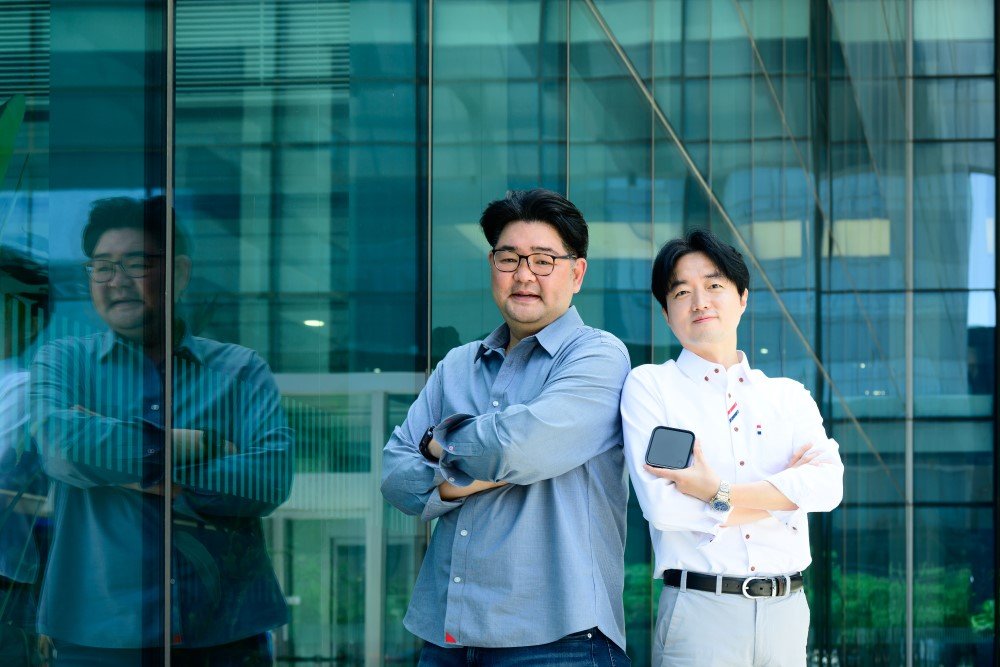
▲ (From left) SmartThings Station developer Eugene Park and product planner Kiyoung Kwon
What Does Smart Living Look Like?
Imagine coming home after a long day to find your home already working for you. As you enter, the curtains close and the bathroom lights turn on so you can go wash your hands. Your favorite tunes play softly in the background. The air purifier kicks in as you prepare dinner. When you open the windows for ventilation, the air conditioner automatically powers down.
Is It Possible for a Home To Take Care of Your Entire Daily Routine?
This kind of dream home is no longer a fantasy. With SmartThings Station, you can tailor your smart home to your family’s routines. This smart hub not only connects Samsung products: it unifies multiple devices using the latest Matter IoT standards, regardless of manufacturer.
“When developing SmartThings Station, we focused on enabling more users to effortlessly connect various devices, so they can enjoy a smart home experience without entry barriers,” said product planner Kiyoung Kwon.
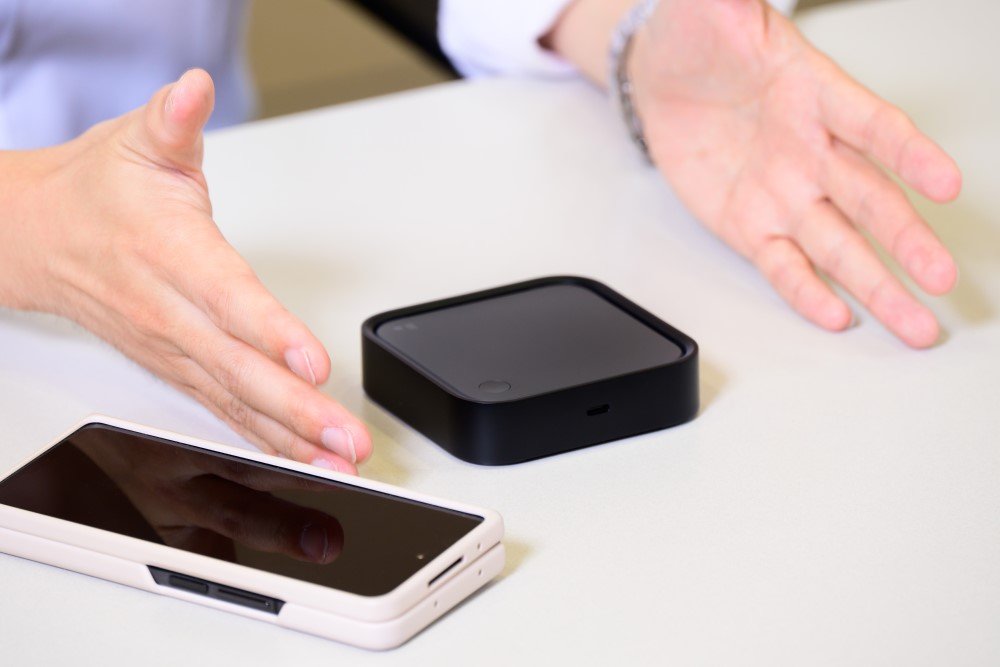
▲ Users can easily locate their smartphones, even when they’re hiding under a bed, with SmartThings Station.
“Our goal with SmartThings Station was to create a product that would take center stage in your home,” explained Kwon. Most hub products are typically set up in a corner and quickly forgotten about. “Our challenge was to design a product that served not only as a hub but also as a device people want to use,” he added. This goal remained a significant focus for his team throughout the product planning phase.
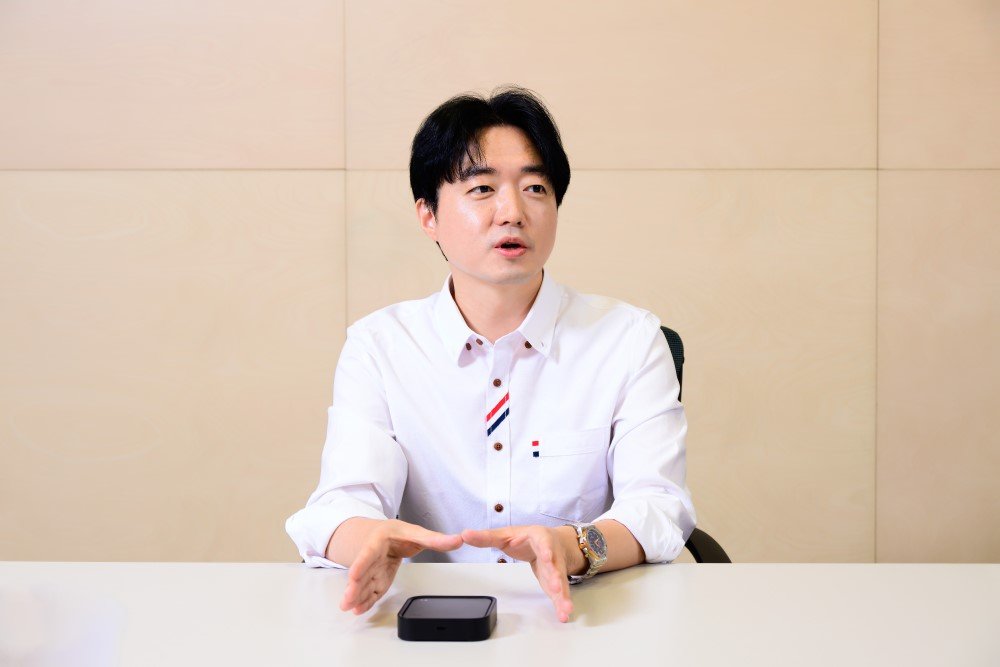
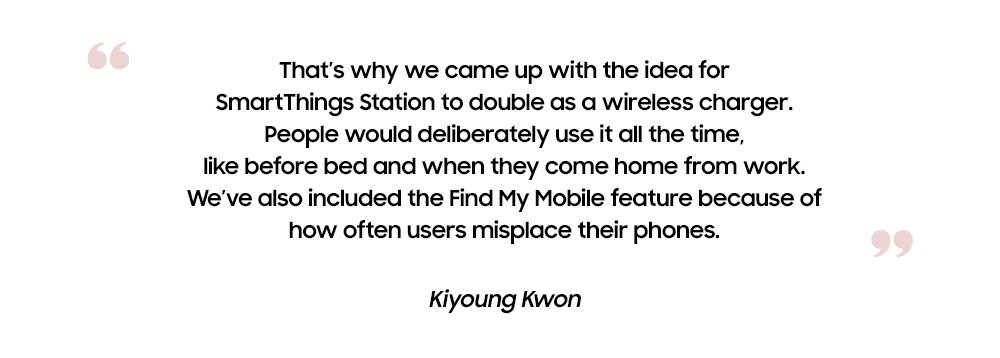
By adding the well-loved wireless charging feature as well as the Find My Mobile feature, Kwon increased product usability and encouraged users to incorporate the hub as a natural part of their day-to-day routine.

▲ The Smart Button is on the top side of SmartThings Station.
“A lot of thought went into eliminating IoT entry barriers. That’s how the Smart Button came to be,” said developer Eugene Park. “Touch the Smart Button, and it activates the automated routines that are already set up.”

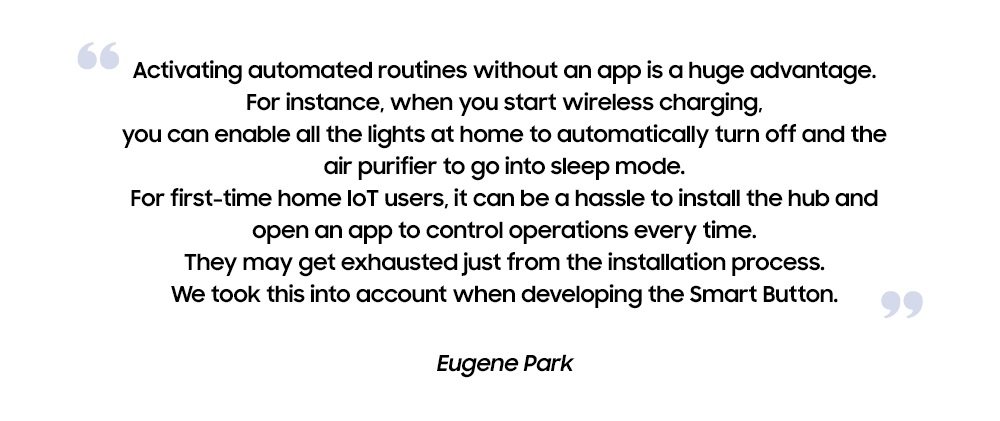
The SmartThings Station development team overcame this hurdle with a “Calm Onboarding” strategy. “We’ve minimized any inconveniences users may encounter by simplifying the onboarding process. In less than three steps, users can register the product on the cloud and control it with a mobile device,” said Kwon. “We’ve also enabled users to activate routines through three different touch methods — tap shortly, tap twice and hold — so that they don’t have to open an app. Since users can activate various hub features while wirelessly charging, they can use the product for multiple purposes.”
What Are the Security Features of SmartThings Station?
According to Park, SmartThings Station demonstrates enhanced security in two aspects: the product key feature equipped in the product itself and the encryption feature for cloud communication data security. “SmartThings Station comes with a unique product key. So, when users connect the product to the cloud, they must go through identity verification to access it,” said Park. “This leads to the crucial part: the cloud communication data security. All data transferred between the cloud and Station is encrypted through the embedded Secure Element (eSE). This secures the data during communication.”
Nearly all home IoT products — big or small, from Samsung or another brand — can be connected to SmartThings Station, thanks to the home IoT compatibility standard called Matter. Samsung is a member of the Connectivity Standards Alliance (CSA), an organization unifying the different communication languages IoT manufacturers use. After three years of thorough discussions with more than 280 member companies, the protocol standard Matter v1.0 was released.
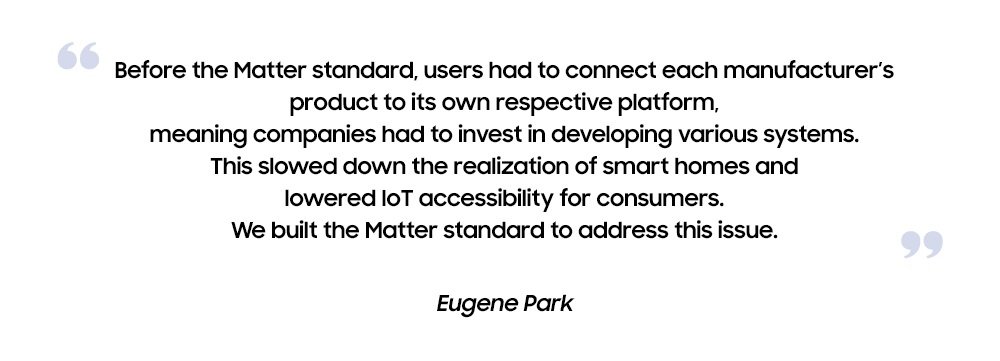
Matter development began with a focus on letting users install IoT devices irrespective of their manufacturer. Against this backdrop, SmartThings Station became the catalyst for expanding the smart home ecosystem.
“Current IoT users are very happy with the news that SmartThings Station supports Matter,” said Kwon. “To meet consumer needs and improve product usability, we’re considering selling hub products and IoT devices that support Matter as a package.”
How Has the Market Responded to the Release of SmartThings Station?

After more than 100 days since its release, feedback in the market has been extremely positive. “Compared to the quantity of all hub units previously sold by Samsung, we’ve sold four times more SmartThings Station units,” said Kwon.

Recently, Kwon had the opportunity to introduce the product to tech influencers. “The influencers are particularly interested in IoT devices. They expressed high interest in SmartThings Station and gave positive feedback,” he said. “Their reviews had a strong influence on consumers as well.”
SmartThings Station: Simplifying the World of Home IoT for All
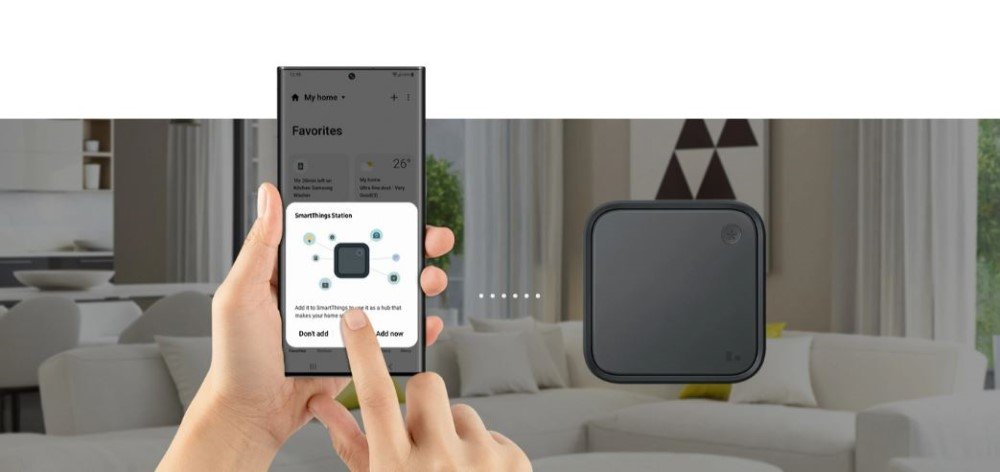
The expansion of the smart home ecosystem is just getting started. The SmartThings Station development team considers the 100th day milestone as a new starting point. “SmartThings Station will create more ways to provide convenience at home,” said Park and Kwon.
“We plan on providing continuous software updates for SmartThings Station, and we’ll deliver satisfying improvements each time,” said the SmartThings Station team.
“I really appreciate the positive feedback our users shared with us,” said Kwon. “The launch of SmartThings Station is just the starting point in making smart home ecosystems mainstream. Our next goal is to develop and present various IoT products that meet the Matter standard so that users can fully utilize their smart home hub.”
Samsung, among other global companies, envisions a world where more users can enjoy the convenience of an unfettered home IoT experience. Stay tuned to Samsung Newsroom to see what’s next for SmartThings Station and the development team.
This article was first published at Source link . You can check them out for other stuffs
